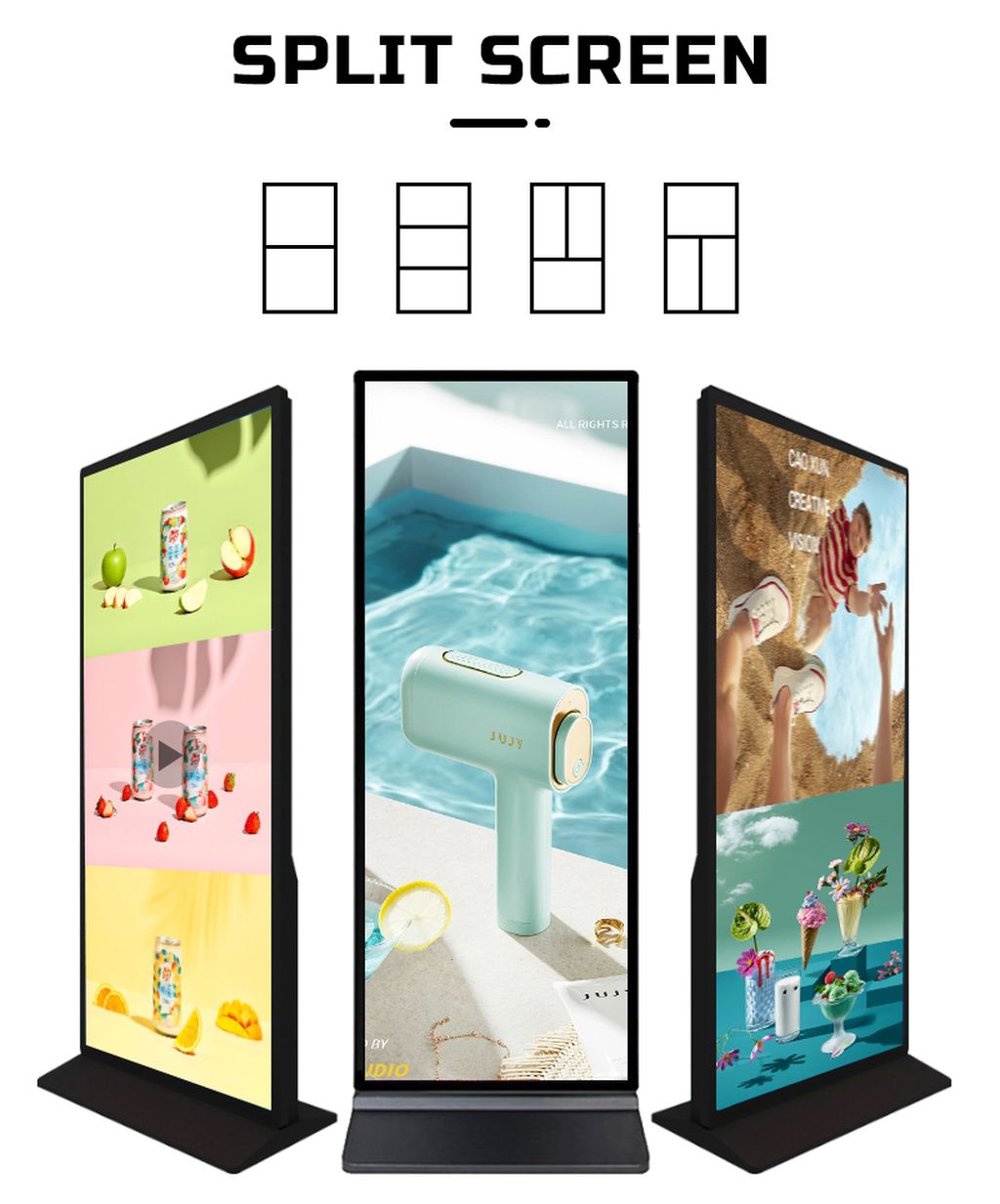Explore the future development trend of LCD screens 2
Organic light-emitting diode (OLED) and micro light-emitting diode (MicroLED) technology are strong competitors to LCD display technology. OLED is favored for its self-luminous characteristics, high contrast and fast response time, and occupies an important position in the high-end product market such as smartphones; MicroLED has attracted much attention for its advantages such as high brightness, long life and low power consumption. Faced with these competitions, LCD display technology needs to continue to innovate and find its own unique advantages and market positioning. On the one hand, LCD display technology can play its advantages in cost control and large-size display to meet the market that is price-sensitive and has demand for large-size LCD Screens; on the other hand, through technological innovation, such as combining with quantum dot technology, it can improve display performance and narrow the gap with OLED and MicroLED.
With the development of the Internet of Things and smart cities, LCD Screens need to work stably in various complex environments. This requires future LCD display technology to have better weather resistance, temperature resistance and impact resistance. For example, in application scenarios such as outdoor billboards and smart traffic display screens, LCD Screens need to be able to withstand the test of harsh environments such as high temperature, low temperature, strong light, rain, etc., while ensuring the stability and reliability of the display effect. In the field of industrial control, LCD Screens may face special environments such as strong electromagnetic interference and vibration, so they need to have stronger anti-interference ability and stability. In the future, through the research and development of new materials and improved manufacturing processes, LCD Screens will be able to better adapt to various complex environments and provide strong support for the development of the Internet of Things and smart cities.
As the world pays more and more attention to energy efficiency and environmental protection, LCD technology also needs to further improve energy efficiency. By optimizing the backlight system and adopting more efficient driving circuits and materials, LCD Screens can reduce energy consumption and reduce the impact on the environment. For example, the use of new energy-saving backlight sources, such as Mini-LED backlight technology, can achieve more accurate regional dimming, improve luminous efficiency, and improve display contrast and brightness while reducing energy consumption. The development of low-power liquid crystal materials and driver chips can also effectively reduce the overall energy consumption of LCD Screens. In the future, with the continuous improvement of energy efficiency, LCD Screens will be more energy-saving and environmentally friendly, meeting the requirements of sustainable development.


